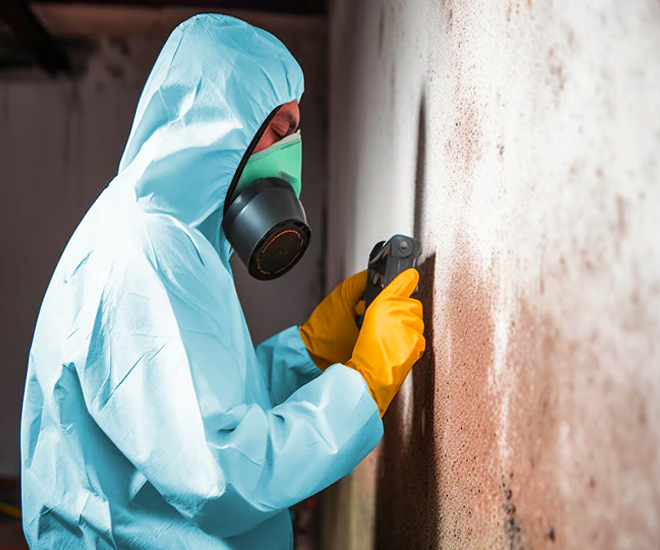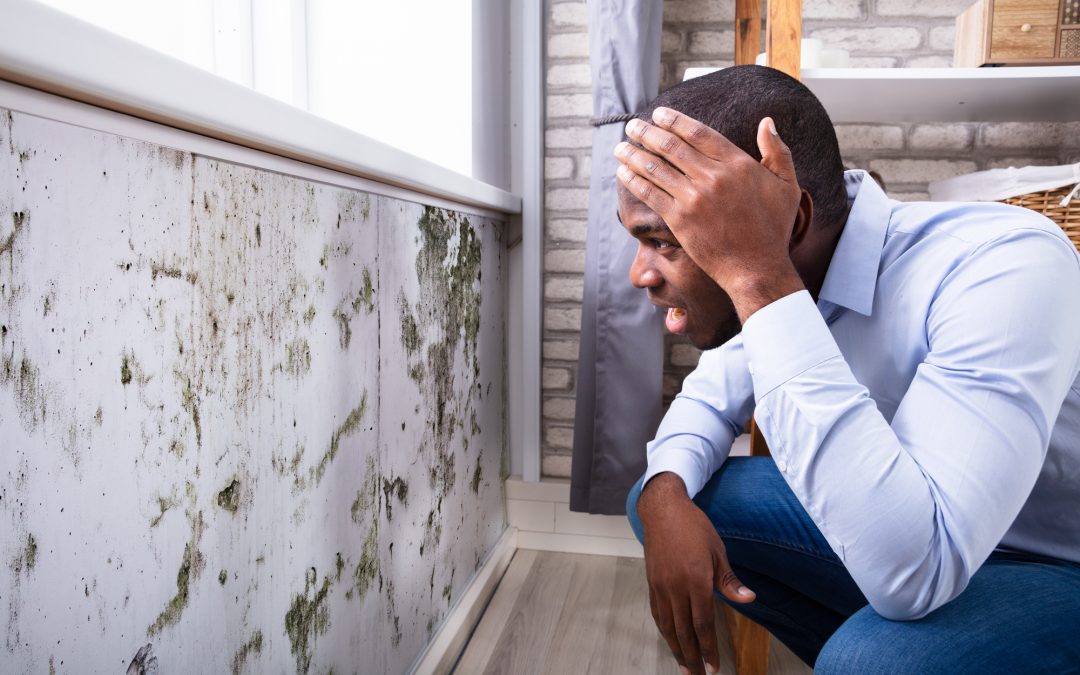Professional Tips for Message Mold And Mildew Removal Success
In the world of mold removal, effectively eradicating mold and mildew is just half the battle; the true obstacle exists in avoiding its reappearance. By sticking to experienced suggestions and best techniques, people can guard their areas against mold and mildew rebirth and keep a healthy indoor environment.
Monitor Moisture Levels On A Regular Basis
Routine monitoring of moisture degrees is vital in making sure the efficiency of post mold and mildew remediation initiatives. After completing mold removal procedures, keeping optimal humidity degrees is critical to avoid mold and mildew re-growth and make sure a healthy interior environment. Surveillance humidity degrees enables very early detection of any type of spikes or fluctuations that can potentially bring about mold renewal. High moisture levels over 60% create a favorable environment for mold to flourish, making regular keeping track of an aggressive step to avoid any type of future mold and mildew issues - Post Remediation verification.
In addition, developing a regular schedule for humidity checks, especially in high-risk locations such as kitchen areas, basements, and shower rooms, is a positive strategy to mold and mildew avoidance. By continually keeping an eye on humidity degrees, building owners can efficiently minimize the risk of mold reoccurrence and keep a healthy interior environment post-remediation.
Conduct Thorough Inspections Post-Remediation
Adhering to the conclusion of mold and mildew remediation procedures, it is essential to carry out thorough assessments to validate the efficiency of the remediation procedure. These post-remediation evaluations are vital in making certain that the mold problem has actually been successfully resolved and that there is no recurrence or staying mold and mildew growth. Evaluations must be executed by certified specialists that have knowledge in determining mold and mildew and assessing indoor air quality.
During these examinations, various techniques such as aesthetic analyses, air tasting, and surface area sampling might be used to completely examine the remediated areas. Visual evaluations include a thorough examination of the properties to examine for any type of visible signs of mold growth or water damages. Air sampling aids in determining the air-borne mold spore levels, while surface tasting can spot mold and mildew fragments on surface areas.
Implement Correct Ventilation Methods
After making sure the efficiency of the mold removal procedure with thorough inspections, the next important step is to concentrate on implementing correct ventilation strategies. Appropriate air flow is necessary in preventing mold and mildew reoccurrence by managing moisture levels and promoting air flow. To accomplish this, it is recommended to make use of exhaust fans in locations susceptible to high moisture, such as bathrooms and cooking areas. In addition, opening up home windows and doors when climate permits can aid enhance airflow and lower wetness build-up. Air dehumidifiers and cleansers are also useful view it tools in preserving optimum indoor air top quality.
Appropriate air flow not just aids in preventing mold growth yet additionally adds to the general health and convenience of residents. By ensuring sufficient air flow throughout the building, you can decrease the danger of mold and mildew regrowth and develop a much healthier living atmosphere.

Use Mold-Resistant Products for Fixes
To enhance the lasting efficiency of mold removal efforts, integrating mold-resistant materials for fixings is vital in alleviating the danger of future mold development. Mold-resistant materials are made to stand up to wetness and inhibit mold and mildew growth, making them a vital option for areas susceptible to wetness and humidity. When repairing locations influenced by mold, making use of materials such as mold-resistant drywall, mold-resistant paints, and mold-resistant caulking can aid protect against mold reappearance.
Mold-resistant drywall is an excellent option to traditional drywall in areas like cellars and bathrooms where wetness degrees are greater. When subjected to damp problems, this type of drywall has a special finishing that stands up to mold and mildew development also. Additionally, using mold-resistant paints including antimicrobial representatives can additionally hinder mold and mildew advancement on ceilings and walls.
In areas where moisture prevails, such as bathroom and kitchens, utilizing mold-resistant caulking around tubs, windows, and sinks can help seal out water and avoid mold and mildew from taking hold in cracks and holes. By purchasing these mold-resistant materials during fixings post-remediation, you can considerably decrease the likelihood of future mold and mildew concerns and maintain a healthier indoor environment.
Maintain Tidiness and Address Water Issues
After mold and mildew remediation, it is vital to maintain a tidy environment to protect against the regrowth of mold and mildew. Leaks, water intrusion, or high humidity levels can create the best breeding ground for mold, so it is essential to take care of any water-related problems immediately.
To keep sanitation, consider using HEPA filters in vacuum cleaners and air cleansers to trap mold spores and prevent their blood circulation in the air. Furthermore, making sure appropriate ventilation in areas vulnerable to moisture build-up, such as bathrooms and kitchens, can help maintain moisture degrees in check. By staying vigilant concerning tidiness and addressing water problems promptly, you can successfully avoid mold and mildew why not find out more reinfestation and preserve a healthy and balanced indoor setting.
Conclusion

In the world of mold and mildew removal, successfully eliminating mold and mildew is just half the fight; the real challenge lies in avoiding its reappearance. After finishing mold and mildew remediation treatments, keeping optimum humidity levels is critical to avoid mold and mildew re-growth and ensure a healthy indoor environment. High humidity levels above 60% create a conducive setting for mold and mildew to grow, making routine keeping track of an aggressive procedure to protect against any kind of future mold and mildew concerns.
To boost the lasting performance of mold and mildew remediation efforts, incorporating mold-resistant materials for repairs is essential in reducing the risk of future mold and mildew development. After mold and mildew remediation, it is essential to maintain a tidy setting to stop the regrowth of mold.